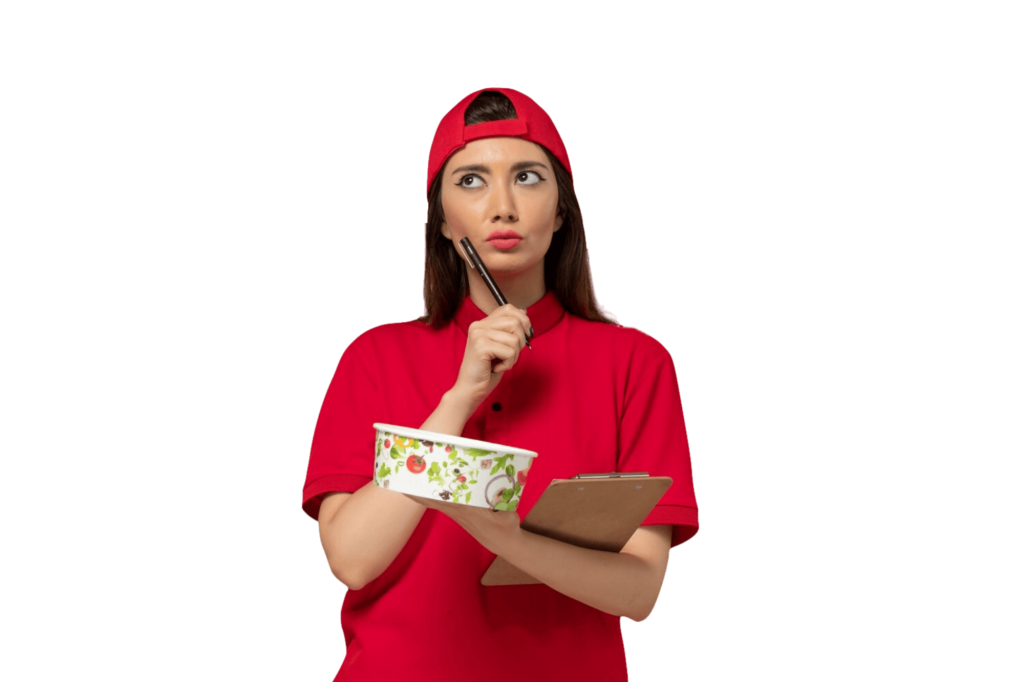
- What is a recipe?
- A recipe is a set of instructions that provides details on how to prepare and cook a specific dish. It typically includes a list of ingredients, step-by-step cooking instructions, and sometimes additional tips or variations.
- What are the essential components of a recipe?
- A typical recipe consists of:
- Ingredients: The list of items required to prepare the dish.
- Instructions: Step-by-step directions on how to prepare and cook the dish.
- Serving size: Information on the number of servings the recipe yields.
- Preparation time: The estimated time needed to prepare ingredients.
- Cooking time: The estimated time required for cooking.
- Dietary information: Such as calorie count, nutritional content, and allergen warnings.
- Additional tips or variations: Suggestions for customization or alternative ingredients.
- A typical recipe consists of:
- How do I choose the right recipe?
- Choose a recipe based on your skill level, available ingredients, and dietary preferences. Consider factors such as cooking time, equipment needed, and the number of servings.
- How do I read a recipe properly?
- Read the entire recipe before starting to ensure you understand the steps and have all the necessary ingredients and equipment. Pay attention to cooking techniques, temperatures, and timing.
- What is mise en place, and why is it important?
- Mise en place is a French term that means “everything in its place.” It involves preparing and organizing all the ingredients and equipment before you start cooking. This helps ensure a smooth cooking process and prevents mistakes.
- What are some common cooking measurements and conversions?
- Common measurements include teaspoons, tablespoons, cups, ounces, and grams. It’s essential to understand these measurements and have the necessary measuring tools on hand. You can find conversion charts online to help with unit conversions.
- How can I adjust a recipe to my dietary needs or preferences?
- You can often modify recipes to accommodate dietary preferences or restrictions by using substitutions. For example, you can use dairy-free alternatives, gluten-free flours, or reduce sugar if needed.
- What are some kitchen safety tips when following a recipe?
- Kitchen safety is crucial. Ensure you follow safe food handling practices, use appropriate cooking equipment, be cautious with knives and hot surfaces, and be mindful of food allergies and cross-contamination.
- How can I store leftovers from a recipe?
- Leftovers should be stored in airtight containers in the refrigerator. Most cooked dishes are safe to eat within 3-4 days of preparation. You can also freeze leftovers for longer-term storage.
- What should I do if a recipe goes wrong?
- Mistakes happen to even the most experienced cooks. If a recipe doesn’t turn out as expected, try to identify the problem, learn from it, and adjust accordingly. You can often salvage a dish with creativity or by making small corrections.
- Where can I find reliable recipes?
- Reliable sources for recipes include cookbooks, food websites, cooking apps, and reputable cooking channels on platforms like YouTube. You can also ask friends and family for their favorite recipes.
Remember that cooking is a skill that improves with practice. Don’t be discouraged by occasional setbacks, and enjoy the process of exploring new recipes and flavors.
